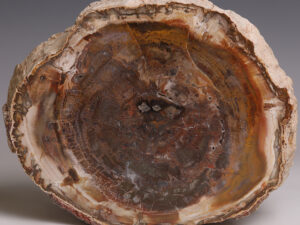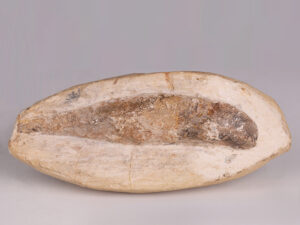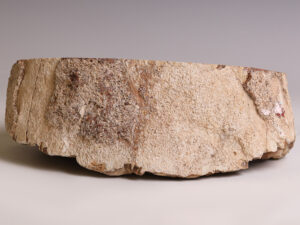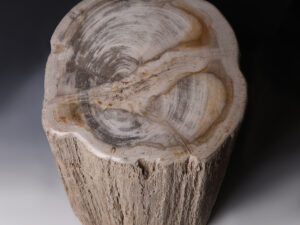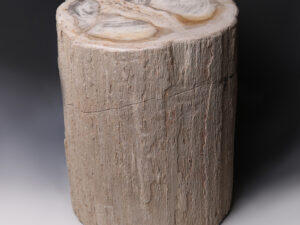Chrysanthemum stone, also known as “Flower Stone”, is named for its near perfect representation of the fossilised flower. Giving a near-perfect impression of a pressed flower, they are actually natural crystals formed from geological changes in the Permian age. Formed over 248 to 290 million years ago, from high temperatures and the compression of thick layers of organic-rich mud at the bottom of the sea. The crystals consist of celestite, calcite, feldspar or andalusite, whilst the black base rock is usually comprised of dolomite, gypsum clay, limestone or porphyry. Every piece of chrysanthemum stone is natural, unique and non-reproducible. The earliest flower stones found in China were from the underlying rocks of the Liuyang River, where local legend has it that a pair of immortals fell in love with each other and sprinkled chrysanthemum flowers in the river, which in the end turned into the crystals we see today.
Chrysanthemum Stone Specimen
$47.52
A rhombic chrysanthemum stone presenting a lifelike silver-grey flower encased in a solid black stone matrix. The ‘flower’, formed from andulisite crystals, features twelve elongated petals of varying sizes. The petals are created from the formation of celestine crystals. As is common in marketed examples, the outline of the ‘flower’ has been highlighted with black pigment.
Out of stock
Additional information
| Weight | 85.7 g |
|---|---|
| Dimensions | 6.2 × 2.9 cm |
| Stone | Calcite, Feldspar, Limestone |
| Time period | Permian |




